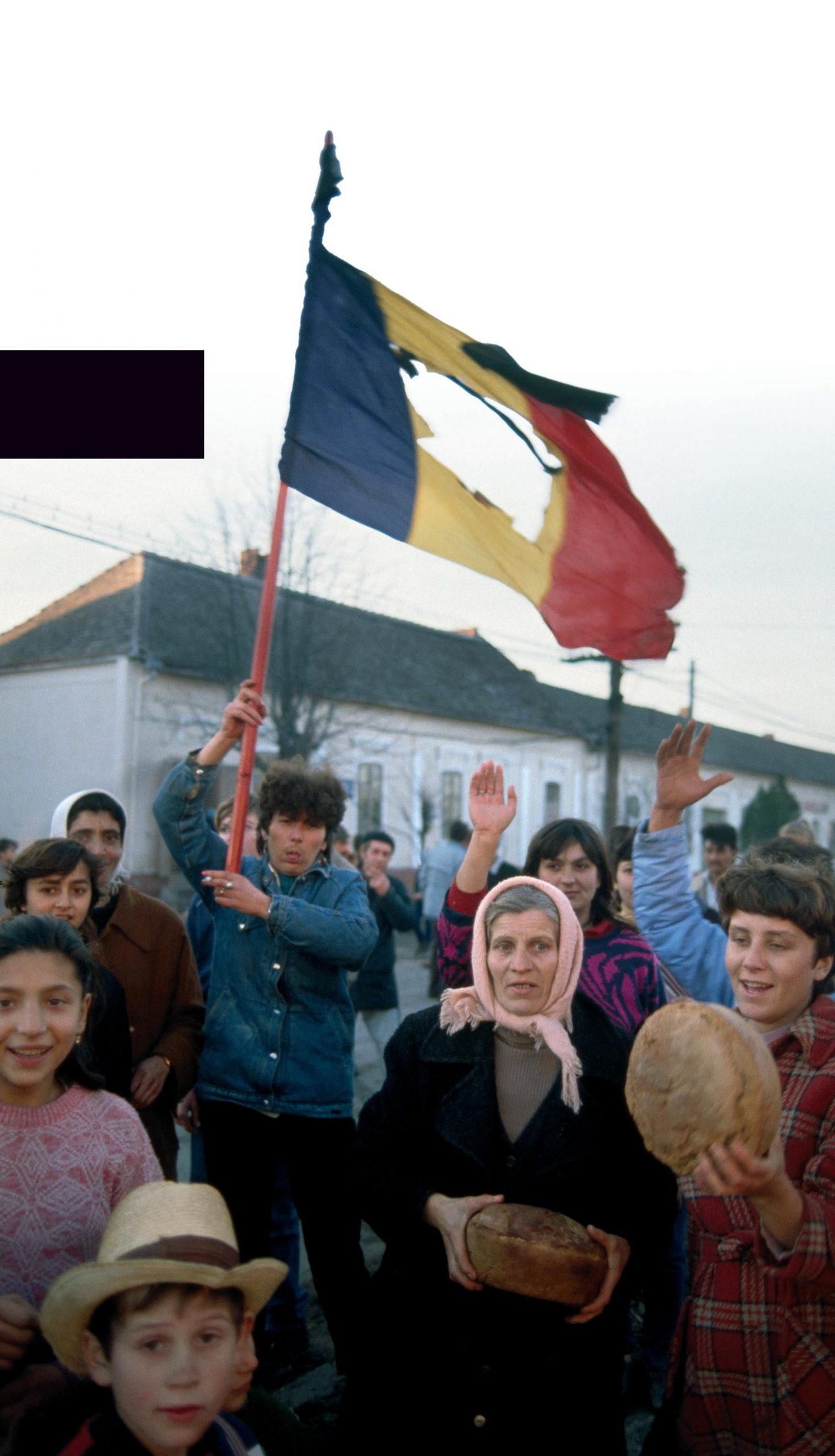
Following the fall of the Ceauşescu regime at the end of 1989, the discovery of over 100,000 children living in appalling circumstances in state-run ‘orphanages’ in Romania shocked the world. The conditions at the time were extremely depriving in all respects. There were rows of cots in large rooms and children were often left alone. There was very little talking to children or any form of individual and responsive caregiving. The children had few, if any, opportunities to form meaningful and selective attachments with caregivers. There were reports that children were tied to their cots, with several children sharing one. Few toys were available to play with. Feeding was impersonal and consisted of gruel out of bottles with large teats which were propped up. The environment was often physically harsh — for example, children were hosed down in the courtyard with cold water. Staff were far too few for the number of children and they were often untrained and unpaid.
The widespread media coverage of the plight of the children led to international outrage. This was followed by an influx of aid and aid workers from Western countries. There was also an influx of families wishing to help and seeking to adopt, including several hundred families in the UK.
Your organisation does not have access to this article.
Sign up today to give your students the edge they need to achieve their best grades with subject expertise
Subscribe




